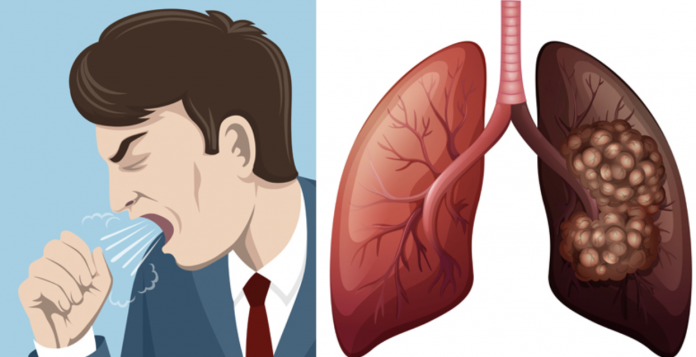1. Frequent illness
If you feel constantly sick and you easily catch colds and constantly have pneumonia, flu, or bronchitis, then you should visit a doctor to run tests to find out the cause that is making your immune system that weak. When cancer settles down in lung tissues and bronchial tubes, your lungs will be vulnerable to sickness.

2. Unexplained weight loss.
If you suddenly lost your appetite and you don’t feel like eating, then it can be a sign of lung cancer. If you are not interested in food because of food allergy, gastrointestinal illness, food poisoning, or PMS (this one is only for women), then you should rush to the doctor to know the unknown source of this sudden appetite loss.
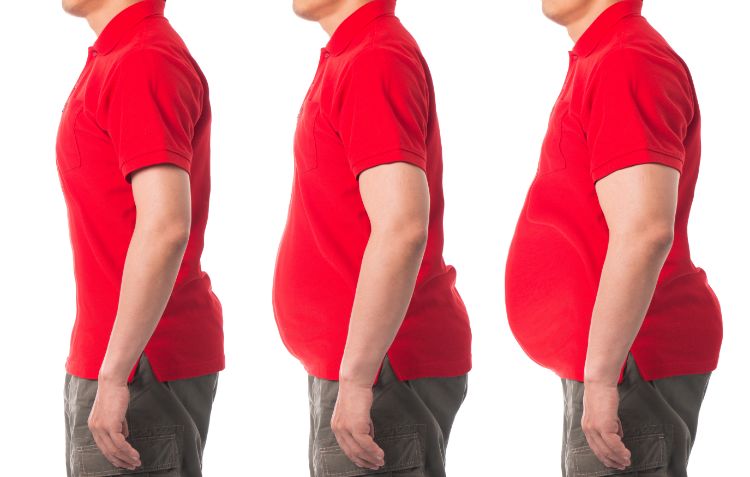
3. Finger pain.
If your fingertips become thick and they start to hurt you, then this may be a sign of lung cancer because of tumors that lunch chemicals in the bloodstream that prompts tissue and bone growth under the fingernails and fingertips. If your fingers are swollen for no reason, then you should see a doctor.
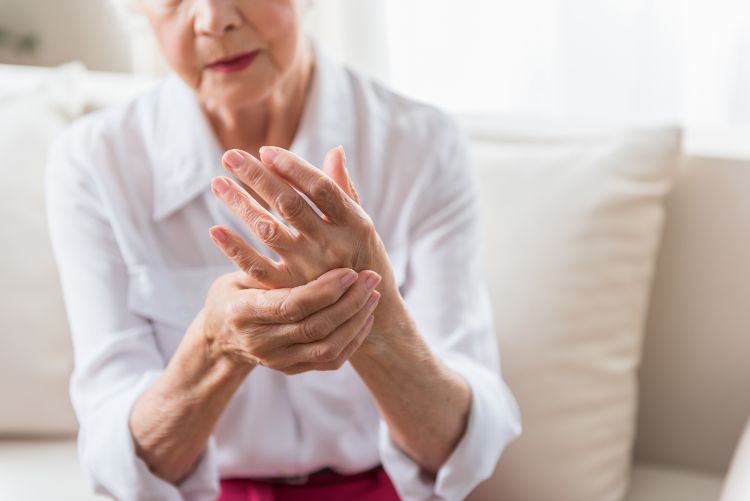
4. Torso pain.
If you experience some kind of a pain in your back, chest, abdomen, or shoulder, then it can be the result of a lung tumor that causes pressure on one of those areas. Constant chest pain can be a strong sign of lung cancer.
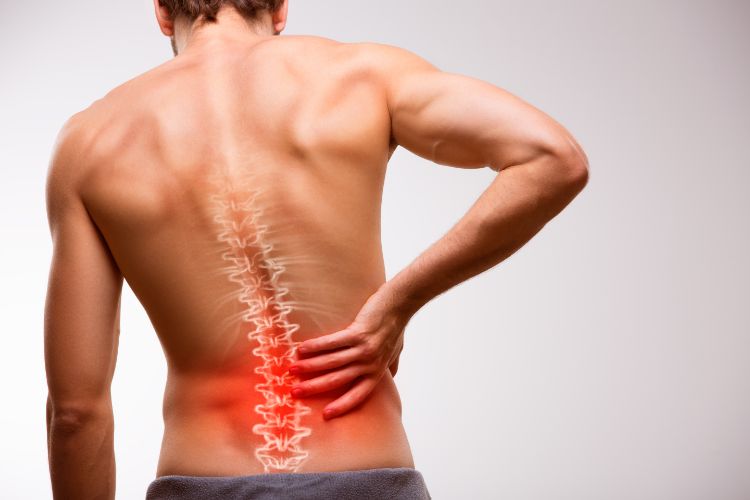
5. Hoarse voice.
If you feel some pain or discomfort when swallowing something or talking and you persistently cough, wheeze, or cough blood and your voice sounds a bit husky-ish, then you should go see a doctor ASAP because that is a sign o lung cancer.

6. Shortness of breath.
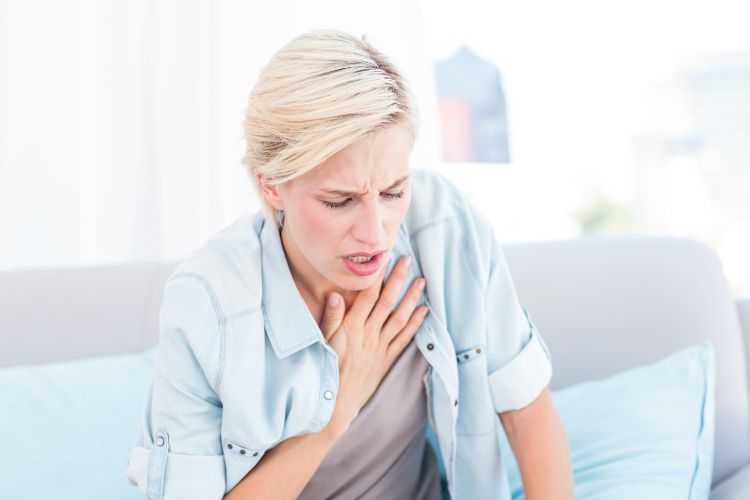
7. Weakness in the upper limbs.
If you experience cramps, weakness in your upper limbs, and discoordination, then it can be a sigh of symptomatic of the paraneoplastic syndrome (a condition related to lung cancer).

8. Breast growth in men.
This is a symptom that not everyone knows about, but for men, breast enlargement under and around the nipple is a clear sign of lung cancer. This symptom is an indication of the paraneoplastic syndrome that happens because of the release of proteins and hormones (and other substances of course) in the bloodstream.


